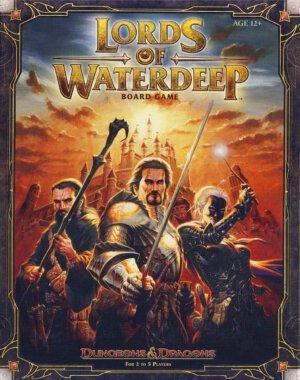
Publisher: Wizards of the Coast
Designers: Rodney Thompson and Peter Lee
Year: 2012
Genre: Eurogame set in the D&D city of Waterdeep
Players: Two to five players
Ages: 12+
Playing Time: 60 Minutes
MSRP: $49.99
Just like the Spanish Inquisition, I never expected a Euro game to emerge from Wizards of the Coast. Yet that is what the newly released Lords of Waterdeep is, a Dungeons and Dragons themed Eurogame with worker placement, victory points, and nary a 20 sided die to be found. I think they should have included one anyway, just to ease me into the transition.
I’m not saying it is a bad game. In fact it is a good game. I’m actually impressed that WOTC has been stepping outside the box to introduce different mechanics to the Dungeons and Dragons community, many of which wouldn’t know a Euro from a British Pound Sterling. The actual goal I’m sure was to introduce the Dungeons and Dragons universe to a whole new group of gamers that concentrates mainly on playing Eurogames.
This game appeals to both. The D&D crowd gets to play a game in the City of Splendors, Waterdeep, where the rulers of the city lie hidden beneath masks, vying for power with hidden struggles and intrigues. The Eurogame crowd gets to know the city and politics of this Forgotten Realm setting, while placing meeples and scoring victory points.
The box looks a bit like a large tome of arcane knowledge. It is a bit different from most game boxes, and you’ll have to 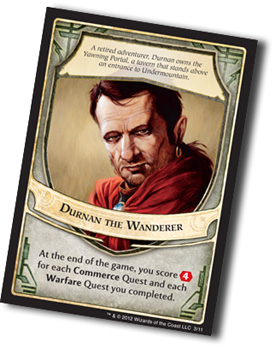
The components themselves are of excellent quality; however don’t expect to see a bunch of plastic figures. There are wooden meeples, lots of wooden blocks, cards, tokens, and tiles. The meeples come in the five player colors, which go hand in hand with the colored player mats also included.
The rules are well written (but not perfect) and very simple to learn. Seven pages of introduction and set up instructions, five pages of rules, an appendix on buildings, one on agents, and one on the lords themselves. The final two pages have some rule clarifications for unusual situations that may arise, and a glossary. Finally the back cover provides a rules reference for setup, playing, and scoring. Despite the simplicity, I still had a few rules questions come up during play that I couldn’t locate an answer to immediately. Let me clarify the one big one that initially tripped me up. Rounds are one complete placing of all of every player’s agents. A turn is when you place a single agent during a round. The wording of the rules are specific to this, so pay attention to the terms ROUND and TURN.
In the game, you play as one of the Lords of Waterdeep, of which there are 11 included as cards. The cards are shuffled and each player is dealt a random lord, which they keep secret during the game. At the bottom of each lord card there is some text that describes which types of quests will earn your particular lord bonus victory points at the end of the game.

There is a deck of quest cards which each list requirements and rewards for completing it. Each player is dealt two quests at the beginning of the game, and then four additional quests are turned face up on the board. The players can pick up these quests by selecting the Cliffwatch Inn action space with one of their agents (meeples) during worker placement.
Each player also receives two Intrigue cards, which can either help a player obtain needed resources, or perform some skullduggery on another player. The only time that you can play an Intrigue card is when you place an agent in Waterdeep Harbor, and you must use a separate agent to draw a new Intrigue card on some other action space.
You start with a number of agent meeples that varies depending upon the number of players. During a turn the starting player, represented by the special first player meeples that looks like a castle, selects one of his agents and places him in one of the action spaces on the board. Most of these will provide you with a certain resource or resources that you will use to complete your quests.
There are four different types of resources represented by the colored wooden blocks. Clerics are white, Fighters are orange, rogues are black, and wizards are purple. You also earn gold from certain actions, and this is also used to complete quests, or it can be used to buy additional buildings.
There are nine buildings, or spaces on the board that you can place your agents initially, but there are also three building tiles face up on the board that are just waiting to be bought and built, if you choose the Builders Hall space with one of your agents. These buildings, if built, provide an extra space to choose from when placing your agents, and they each provide a different benefit. They also provide a benefit to the player who built them each time they are used. Once a building in the hall is built, you just select a new one from the stack of building tiles and place it on the board, ready to be built next turn. This helps make every game different as you never know which buildings are going to pop up during your game. There are 24 building tiles in all; you won’t use all of them during a game.
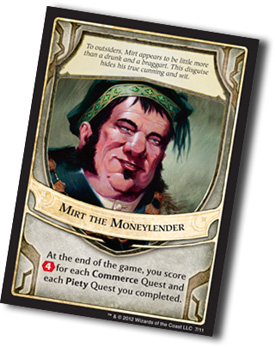
This continues for eight rounds. At the end the players tally up their bonus points, move their scoring tokens, and the one who scored the highest wins.
As with most Euros, the theme is a little thin. This could easily have been “A Game of Thrones” based, or “Hunger Games” based, or any of a hundred other themes. I’m not sure what Wizards could have done to increase the thematic feel though. They did make an effort, it isn’t just pasted on, but like most Euros the mechanics are the main focus and not the theme. I think if there had been a random event deck included that affects the whole city it might have added more theme to the game.
You should plan for some analysis paralysis time. There are a lot of options, and you need to calculate the best way to complete your quests during a round. It will take a few plays for the players to get comfortable with the different options and speed up the game.
Lords of Waterdeep does have an extra space for a sixth colored agent on the board, which indicates that they are planning on an expansion to the game which would add a sixth player.
Overall, Lords of Waterdeep is a good game. If you like Euro games, it is one of the better ones that I have played. I love the randomness that they have thrown in with the different lords, building tiles, quest cards, and intrigue cards so that the game is not “solvable” as are some other popular Euros. When a game becomes like chess, all strategy and no fun, then you are simply playing a thematic game of chess. Lords of Waterdeep is not like this, and has a good mix of fun and strategy.
[rwp-review id=”0″]
- A Dungeon Delve for Kids?: A Review of Dungeon! - Oct 24, 2022
- Better, Stronger, Faster | Descent: Journeys in the Dark Second Edition Reviewed - Oct 23, 2022
- Your Planet is Doomed!: Invasion from Outer Space Reviewed - Oct 22, 2022



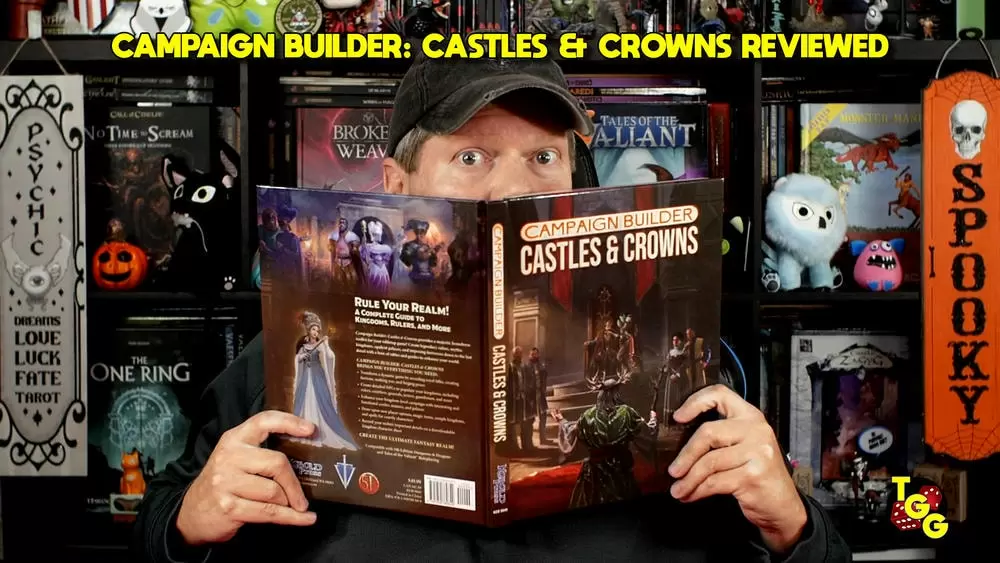
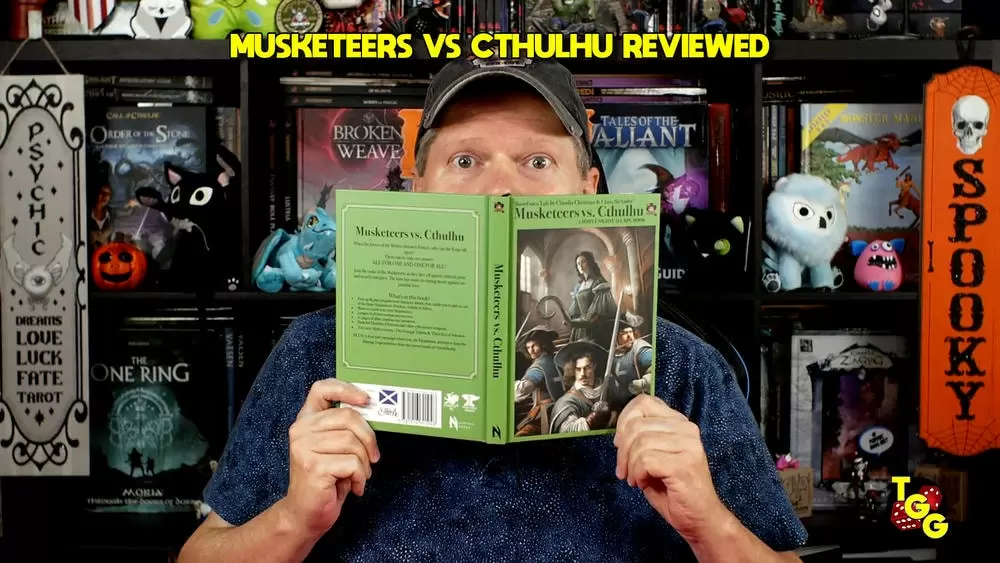

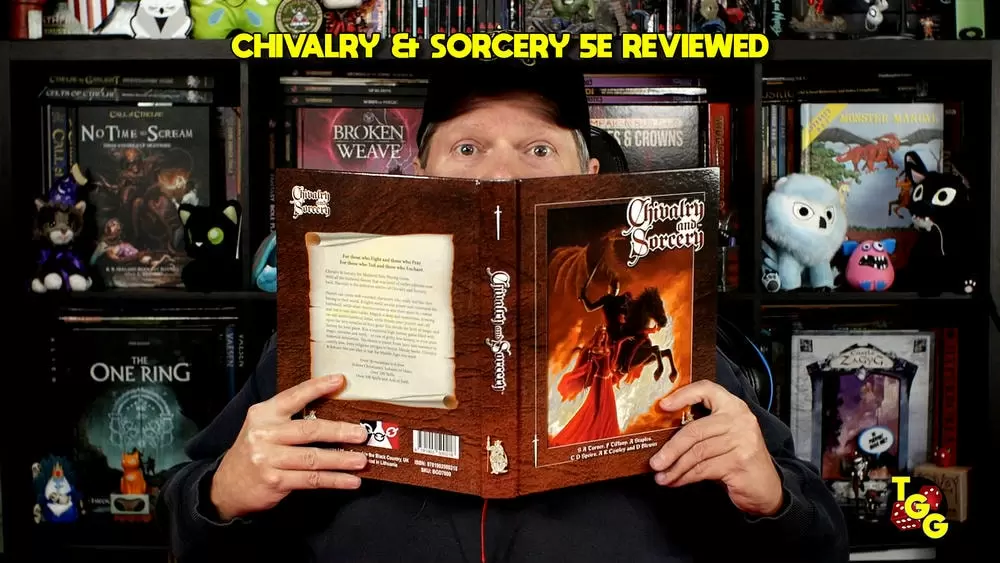




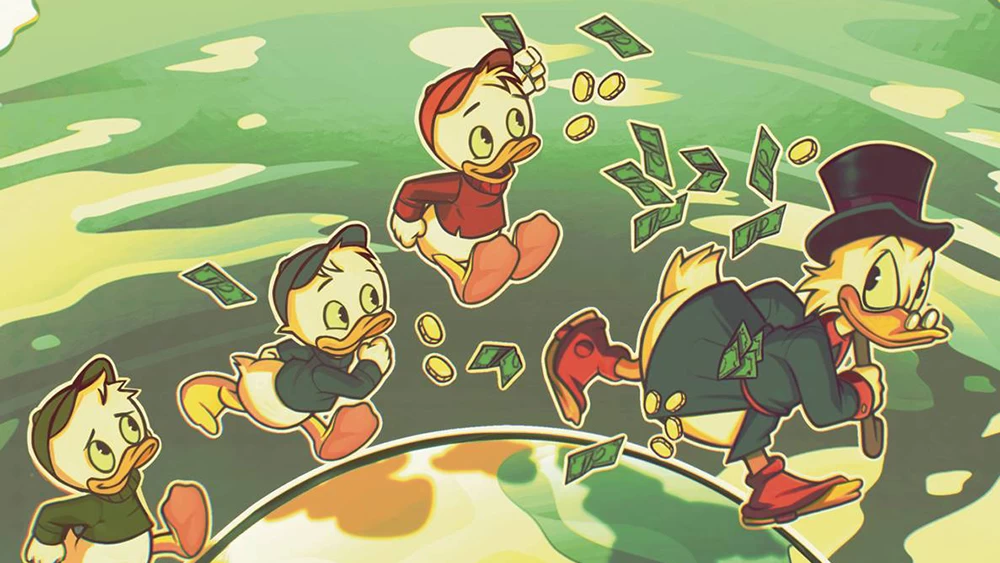

You say “…and wizards are white”, but I believe that wizards are purple.
Otherwise, it is an outstanding review. I can’t wait to check the game out!
Yep , you are right. I meant to fix it but it is fixed now. Thanks
I think your review misses a valuable asset in that you can throw someone with almost zero gaming experience (ie they played monopoly a few times as a kid) into it with very brief instruction and they pick it up quickly and want to play again. Many of us gamers do not have a large local gaming community, and being able to get non-gamer friends and family to play a game is a huge asset in replay value when it comes to buying a game. I would add on a recommendation to buy this game for anyone who wants to include those outside of their gaming group in their game playing because it is a great gateway game to get people interested and willing to try other games down the road.
While it’s good to hear you’ve had success introducing new gamers into the hobby with Lords of Waterdeep (and I like the game a touch more than Elliott did) I wouldn’t by any stretch of the imagination classify it as a gateway game. Case in point, just because I’ve taught loads of people who’ve never gamed before Twilight Struggle, and they’ve enjoyed it tremendously, I wouldn’t call TS a gateway either; you’ll have people willing to give something different a try or you won’t.
Waterdeep has a bit too much going on under the hood for a “gateway” classification, and I stick by Elliott’s decision not to consider it such, but by all means people should use whatever titles they’d like to get friends and family into our great hobby!